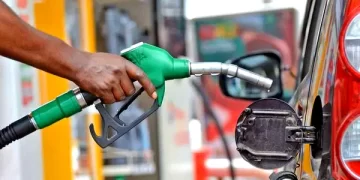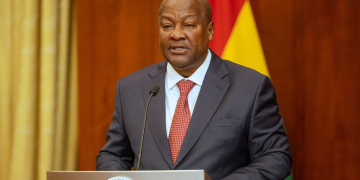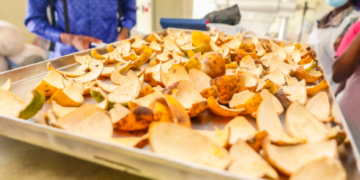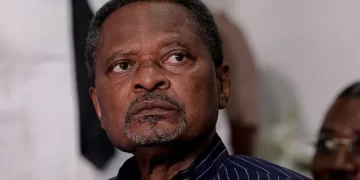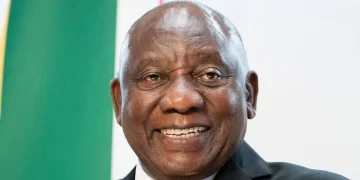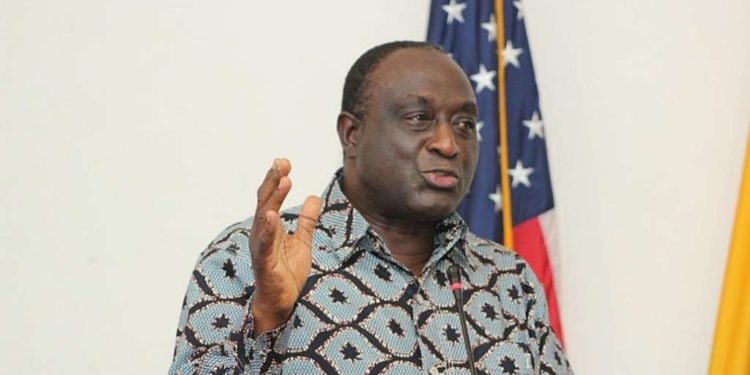The government anticipates that the operationalization of all 278 factories under the One District One Factory (1D1F) policy would result in the creation of nearly 280,000 employment.
According to Alan Kyerematen, Minister of Trade and Industry, approximately 153,000 direct and indirect employment have been generated as a result of the 106 factories that are now in operation.
The program has resulted in the commissioning of a number of factories throughout the course of time.
Alan Kyerematen said this in Parliament on Wednesday, December 15, 2021, while addressing questions about the proposal.
“The 106 factories that are currently operational have created a total of 153,782 direct and indirect jobs. Mr. Speaker, it is expected that when the additional 148 projects currently under construction are completed, the cumulative number of direct and indirect jobs created will increase to 288,599.”
The policy is one of the flagship programs by the Akufo-Addo-Bawumia led government.
The President, Nana Addo Dankwa Akufo-Addo, had said that the project is here to stay.
The initiative, he believes, holds the key to Ghana’s industrialization strategy.
President Akufo-Addo claimed that maintaining the program will result in a slew of new employment possibilities for Ghanaians.
As a result, he entrusted Ghanaians with ensuring the initiative’s success.
He stated that the action is part of the government’s efforts to strengthen the private sector in the nation.
“The government, as of December 2020, has granted import duty exemptions to 36 companies under the 1D1F programme, amounting to some GH¢435 million. The main sectors that have benefited from the exemptions are agro-processing, ceramics manufacturing, hardware manufacturing, and vehicle assembling plants.”
About the 1D1F program
The 1D1F is a private-sector-led program envisioned by President Akufo-Addo to provide the required congenial environment for entrepreneurs to receive capital from financial institutions and other government support services in order to develop factories and production units around the nation.
It aims to transform Ghana’s economy from one that is on on raw material imports and exports to one that is reliant on manufacturing, value addition, and export of processed products by converting raw resources found mostly in the country’s 275 districts into completed or semi-finished items.
Read Also: We’ll adopt new strategies to deal with vaccine hesitancy – GHS
SOURCE: CITINEWS


